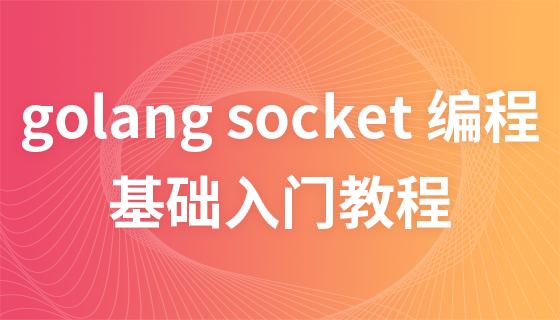缓存提升 golang 框架性能策略内存缓存:使用 sync.map 或 gocache,将数据存储在内存中以实现快速访问。分布式缓存:利用 redis 等系统,将数据分片存储在多个服务器上,进行负载均衡。多级缓存:结合高速缓存(内存缓存)和低速缓存(分布式缓存),优先在高速缓存中查找数据。

Golang 框架中提升性能的缓存策略
缓存是提升应用程序性能的重要技术,在 Golang 框架中,有几种方法可以实现缓存。本文将介绍一些常用的缓存策略,并提供实战案例。
1. 内存缓存
立即学习“go语言免费学习笔记(深入)”;
内存缓存将数据存储在内存中,访问速度最快。可以使用 sync.Map 或 GoCache 等库在 Golang 中实现内存缓存。
import (
"sync"
"github.com/patrickmn/go-cache"
)
var (
mu sync.Mutex
cache = make(map[string]interface{})
)
func Get(key string) (interface{}, bool) {
mu.Lock()
defer mu.Unlock()
value, ok := cache[key]
return value, ok
}
func Set(key string, value interface{}) {
mu.Lock()
defer mu.Unlock()
cache[key] = value
}2. 分布式缓存
分布式缓存将数据分片存储在多个服务器上,通过一致性哈希等算法进行负载均衡。可以使用 Redis、Memcached 或 Hazelcast 等分布式缓存系统。
import (
"context"
"time"
"github.com/go-redis/redis/v8"
)
var redisClient *redis.Client
func init() {
redisClient = redis.NewClient(&redis.Options{
Addr: "localhost:6379",
})
ctx, cancel := context.WithTimeout(context.Background(), 5*time.Second)
defer cancel()
if _, err := redisClient.Ping(ctx).Result(); err != nil {
panic(err)
}
}
func Get(key string) (string, error) {
return redisClient.Get(context.Background(), key).Result()
}
func Set(key string, value string) error {
return redisClient.Set(context.Background(), key, value, 0).Err()
}3. 多级缓存
多级缓存将高速缓存(如内存缓存)与低速缓存(如分布式缓存)结合使用。首先在高速缓存中查找数据,如果未找到,则再到低速缓存中查找。
func Get(key string) (interface{}, error) {
value, err := fastCache.Get(key)
if err == nil {
return value, nil
}
value, err = slowCache.Get(key)
if err == nil {
fastCache.Set(key, value)
}
return value, err
}实战案例
假设我们有一个获取用户数据的函数 getUser(),它从数据库中检索数据。我们可以使用缓存来优化性能:
import (
"context"
"time"
"github.com/go-redis/redis/v8"
)
var (
redisClient *redis.Client
cacheDuration = 5 * time.Minute
slowGetUser = func(id int) (string, error) { ... }
)
func init() {
redisClient = redis.NewClient(&redis.Options{
Addr: "localhost:6379",
})
}
func getUser(id int) (string, error) {
key := fmt.Sprintf("user:%d", id)
value, err := redisClient.Get(context.Background(), key).Result()
if err != nil {
value, err = slowGetUser(id)
if err != nil {
return "", err
}
err = redisClient.Set(context.Background(), key, value, cacheDuration).Err()
if err != nil {
return "", err
}
}
return value, nil
}通过使用缓存,我们可以显著减少数据库请求数量,从而提升应用程序的性能。
以上就是Golang 框架中提升性能的缓存策略的详细内容,更多请关注php中文网其它相关文章!




Copyright 2014-2025 https://www.php.cn/ All Rights Reserved | php.cn | 湘ICP备2023035733号